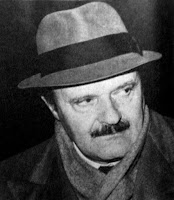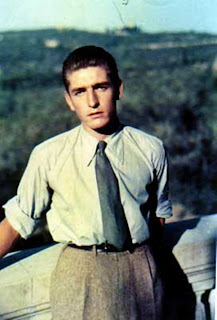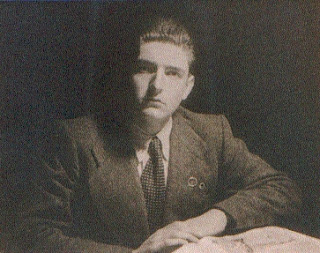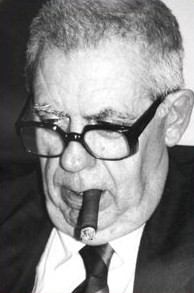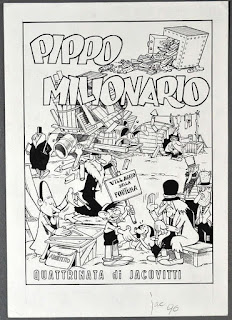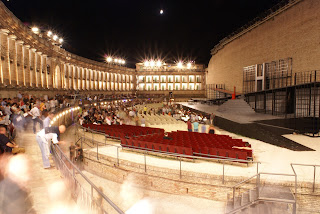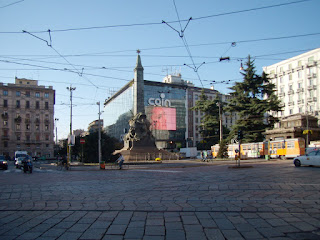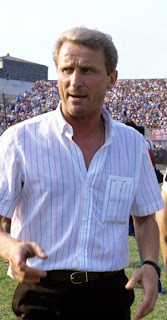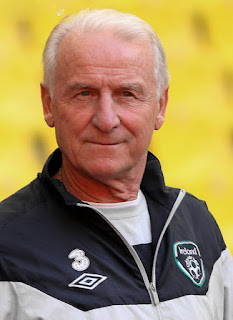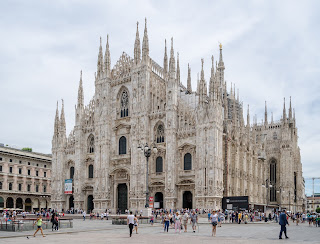Achieved international fame through La Cage aux Folles
 |
| Ugo Tognazzi became known for playing suave bon viveurs in Commedia all'Italiana |
Renowned for his wide repertoire in portraying comic characters, Tognazzi made more than 62 films and worked with many of Italy's top directors.
Along with Vittorio Gassman, Alberto Sordi and Nino Manfredi, Tognazzi was regarded as one of the four top stars of Commedia all'Italiana - comedy the Italian way - in the 1960s and 1970s.
In 1981 he won the award for best actor at the Cannes International Film Festival for his role in Bernardo Bertolucci's Tragedia di un Uomo Ridicolo (The Tragedy of a Ridiculous Man).
His work was widely acclaimed in Italy, but it was not until he was cast in the role of homosexual cabaret owner Renato Baldi in the French director Édouard Molinaro's 1979 movie La Cage Aux Folles that he became known outside Italy. The film became in its time the most successful foreign language film ever released in the United States, with box office receipts of more than $20 million.
 |
| A publicity poster from the French film La Cage aux Folles in which Tognazzi starred |
The son of an insurance agent, Tognazzi left school at 14 to help supplement the family income, taking a job as an accountancy clerk in the Negroni salami factory in his home town. His father had wanted him to become a musician, his mother a priest.
Although he had made his stage debut as a four-year-old child in a charity show at the Teatro Donizetti in Bergamo, he had no thoughts of an acting career until he began participating in amateur dramatics via Negroni's recreational club.
During his military service with the Navy, he became involved with putting on entertainment for his fellow sailors. After the Second World War, he moved to Milan in search of opportunities in theatre and found work with a number of companies, but it was after he landed his first film role in 1950, in I cadetti di Guascogna, directed by Mario Mattoli. that his career began to take off.
The following year he met his fellow comic actor Raimondo Vianello, and their collaboration led them to form a successful comedy duo for the fledgling RAI television network. Their show Un Due Tre (One Two Three) became famous for its wry satire and was among the first to be censored on Italian television. It ran from 1954 to 1960.
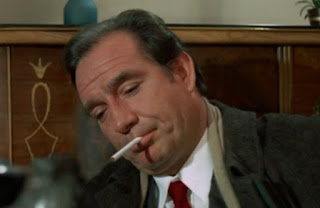 |
| Ugo Tognazzi as Il Commissario Pepe in Ettore Scola's 1969 film of the same name |
Excelling as bon vivants, adulterous husbands and other suave individuals, he made many films with the writer-director Marco Ferreri. He also worked with Mario Monicelli, Carlo Lizzani, Dino Risi, Pier Paolo Pasolini, Ettore Scola and Pupi Avati among others.
Risi's Marcia su Roma (The March on Rome) brought him praise but it was with Ferreri that he enjoyed sustained success. Together they made films that included Una Storia Moderna: L'Ape Regina (also called The Conjugal Bed) in 1963, La Donna Scimmia (The Ape Woman) in 1964, Marcia Nuziale (Wedding March) in 1966, L'Udienza (The Audience) in 1971 and La Grande Bouffe in 1973.
As well as La Cage Aux Folles, in which he surprised critics by accepting a role so different from his usual range, he appeared before wider film audiences after Roger Vadim cast Tognazzi as Mark Hand, the Catchman, opposite Jane Fonda in Barbarella (1968).
He had children by three women - the Irish dancer Pat O'Hara, with whom he had a son, Ricky, the Norwegian actress Margarete Robsahm, the mother of his second son, Thomas Robsahm, and Franca Bettoia, an actress, with whom he settled in Velletri, near Rome, after their marriage in 1972. They had a son, Gianmarco, and a daughter, Maria Sole. All of his children followed him into the movie business.
Tognazzi, a passionate supporter of AC Milan and a lover of food who also put his name to a number of recipe books, died in 1990 after suffering a brain hemorrhage.
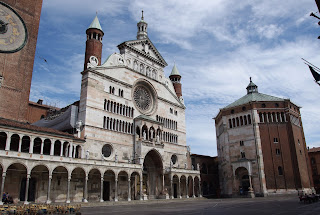 |
| The Duomo and Baptistery in the centre of Cremona |
Cremona, well known for its tradition of violin making, is a prosperous city in Lombardy with a wealth of fine medieval architecture, much of it concentrated around the Piazza del Comune, including the cathedral, finished in 1107 and rebuilt in 1190 after suffering damage in an earthquake, which includes impressive frescoes - the Storie di Cristo - by Pordenone. A chapel inside the Duomo contains what is said to be a thorn from Jesus's crown of thorns.
 |
| The Corso della Repubblica in Velletri is typical of the narrow streets in the town near Rome where Tognazzi died |
Velletri, a town of 50,000 inhabitants, lies just southeast of the Castelli Romani to the south of Rome. It was once a popular place for Rome's wealthiest to build their country villas. It suffered considerable damage soon after the Allied landing at Anzio during the Second World War after the advancing army met resistance from German forces in and around the town. Many monuments were beyond repair, sadly, but the town remains an attractive alternative to staying in the capital and the towns of the Colli Albani are close by, including Castel Gandolfo, the summer residence of the Pope.
More reading:
The comic genius of Alberto Sordi
Cesare Danova - from medical school to Mean Streets
Was Otto e mezzo (8½) Fellini's finest work?
Also on this day:
(Picture credits: Cremona cathedral by Jakub Halun; Velletri street by Deblu68; via Wikimedia Commons)
Home

